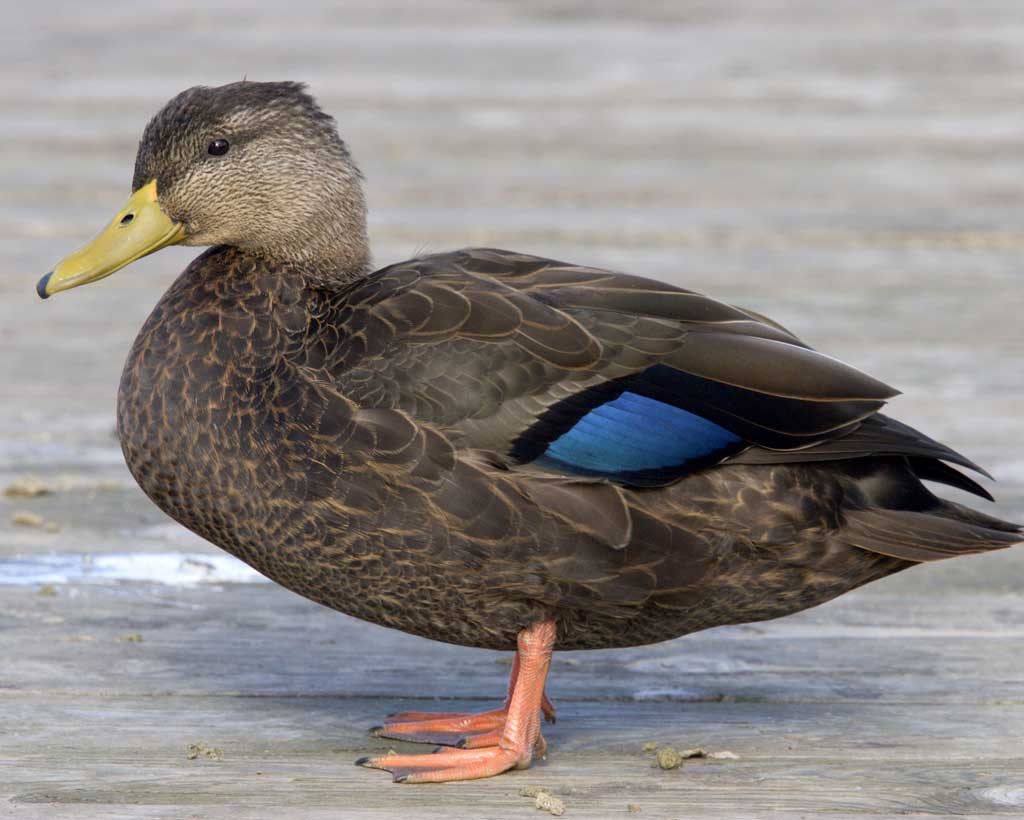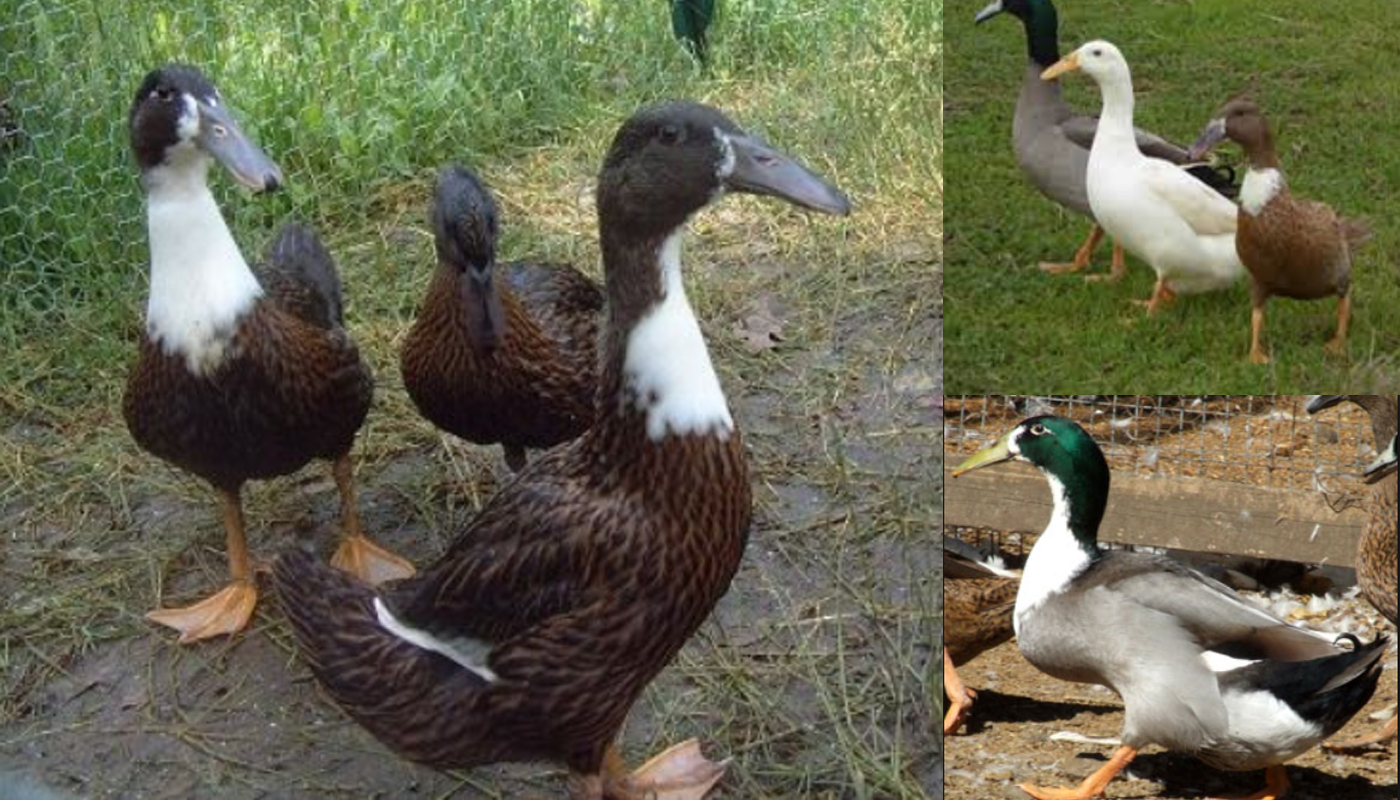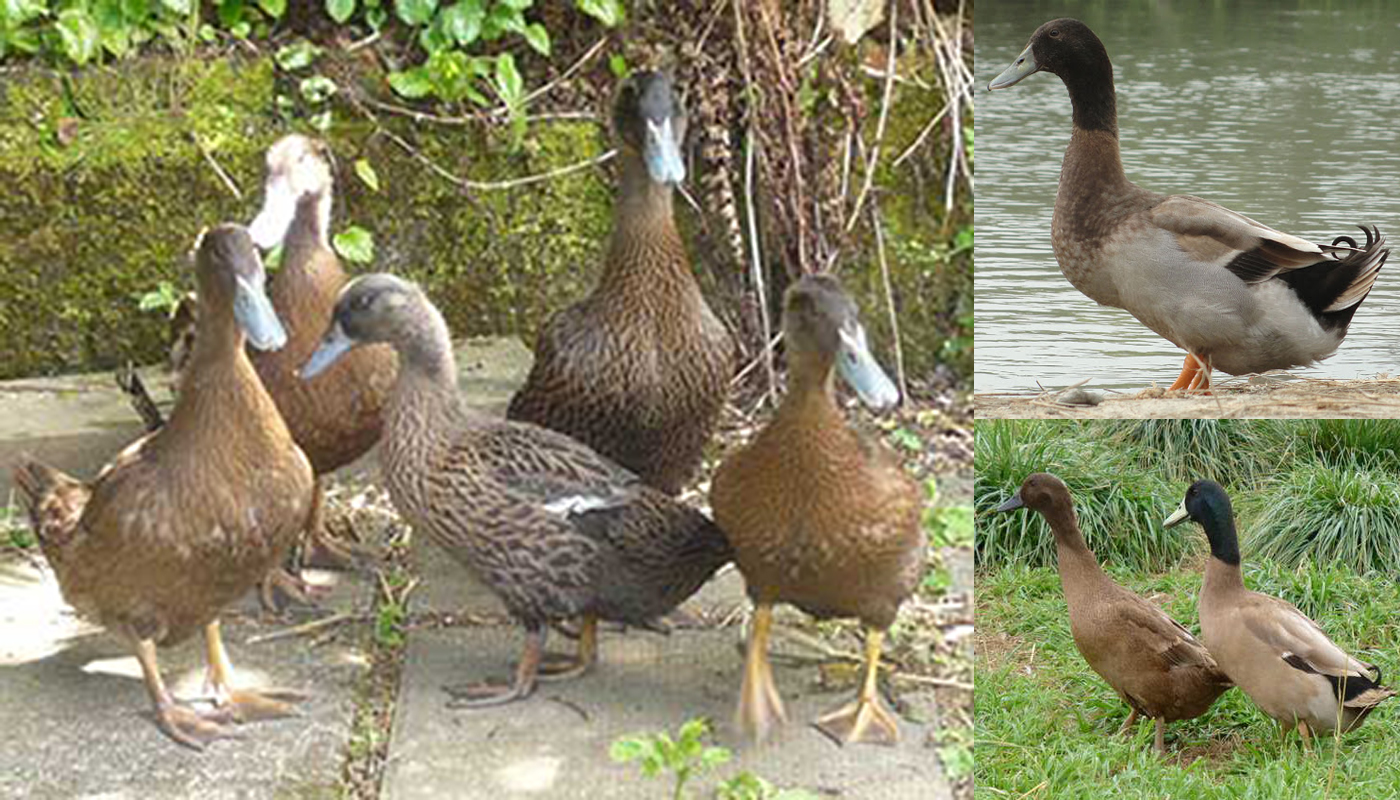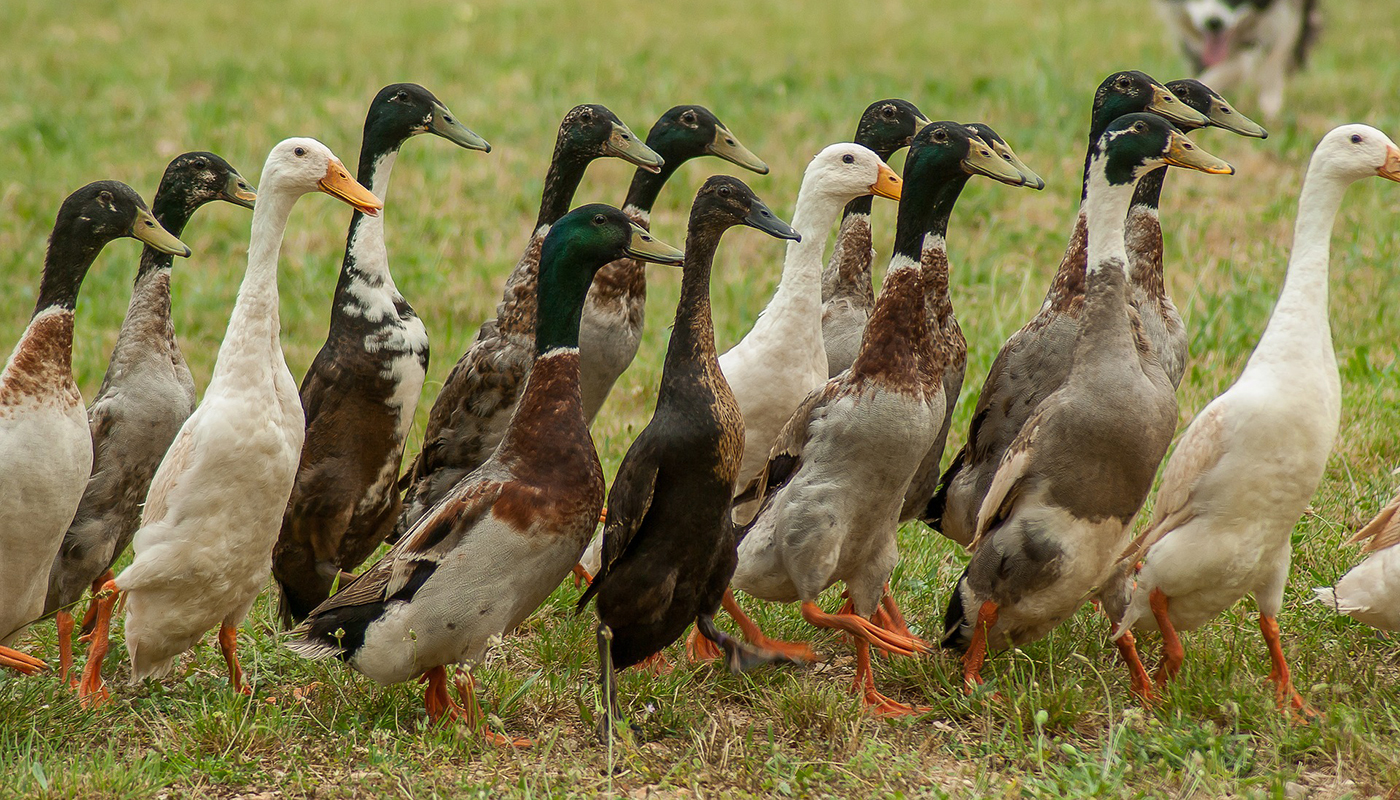
They look a lot like the Female Mallard duck. In fact, they are often found in the same space as Mallards.
These ducks are known to “hide in plain sight” and have frustrated many a confused hunter over the years.
Other Names: Anade Smobrio (Spanish), Canard Noir (French)
Found in these parts of the US: Northeastern parts of North America
Migratory? Yes The follow several different migrations paths between their wintering areas and their breeding areas.
The route is usually along the Atlantic from Canada to Virginia.
These ducks are known to make a few stopovers during the migration. This is mainly due to the fact they tend to have one of the longest migration routes making them spend more time on stopovers than most other breeds.
Favorite Habitat: American Black Ducks are usually found on lakes and ponds.
They especially like beaver ponds, boreal forest bogs, wooded swamps and brooks that are lined with sedges and reeds.
Other Know Habitats: They will escape any upsets such as hunting, human or predator interactions by fleeing to brackish impoundments or conservation lands.
Mating Habits: The ducks will court during the fall and winter seasons.
They usually form a strong pair bond and will stay together for years.
These ducks are normally monogamous mates.
Nesting Habitat: The female will usually choose her nesting area in a well-concealed area.
She chooses a place that is in a bush, rock crevice, shrubby area or even a hay bale.
Here favorite nest areas of choice are cropland borders, grassy islands that are well wooded, marshes.
Nest Details: In the Southern parts where they are found nesting begins in February
In the Northern parts where they are found it can begin as late as May.
Her nests are usually on the ground.
She builds her nest on her own.
The female will incubate the nest.
The male will stand guard.
They are able to peacefully nest near another nesting pair as long as territorial boundaries are not crossed by either pair.
Nesting Information:
Clutch Size
6 – 14 eggs
No. Broods
1
Incubation Time Egg Color
23 – 33 days White, Cream or Pale green
Hatchlings: The eggs usually all hatch within a few hours of each other
Ducklings: Once the hatchlings are dry the mother will lead them down to their rearing areas.
This area usually consists of an area with a lot of plant cover and invertebrates for the ducklings.
When the first molt is over both the fledgling ducks will join the adults in the breeding areas where they will all begin to migrate south together.
Characteristics: One of the oldest recorded Black Ducks was 26 years and 5 months old.
The American Black Duck are excellent swimmers and will dive if needed. Especially to avoid predators or various disturbances.
They are very suspicious and highly vulnerable to disturbances. They tend to take cover or vacate at the slightest hint of danger.
They are also very susceptible to pollution which includes lead poisoning.
Favorite Foods: The enjoy plants such as roots, stems, seeds, the leaves of plants in moist or marshy soil. They love wet underwater plants and tubers.
They also like insects, especially during the breeding season.
Mother and ducklings will feast on aquatic insects, caddisflies, dragonflies, midges, flies, larvae and beetles.
They will also sometimes ease crustaceans, mollusks and the occasional fish.
These ducks love to forage especially in the water, and a mating pair will often be seen foraging together.
 Hookbill Duck Breed – Everything You Need to Know
Hookbill Duck Breed – Everything You Need to Know Khaki Campbell Duck Breed – Everything You Need to Know
Khaki Campbell Duck Breed – Everything You Need to Know Wood Duck – Wild Dabbling Duck Breed
Wood Duck – Wild Dabbling Duck Breed The Types and Breeds of Ducks – Getting your Ducks in a Row – Part 1
The Types and Breeds of Ducks – Getting your Ducks in a Row – Part 1 Magpie Duck Breed – Everything You Need to Know
Magpie Duck Breed – Everything You Need to Know Saxony Duck Breed – Everything You Need to Know
Saxony Duck Breed – Everything You Need to Know Muscovy Duck Breed – Everything You Need to Know
Muscovy Duck Breed – Everything You Need to Know Blue-Winged Teal – Wild Dabbling Duck Breed
Blue-Winged Teal – Wild Dabbling Duck Breed Pekin Duck Breed – Everything You Need to Know
Pekin Duck Breed – Everything You Need to Know Best Domestic Duck Breeds to Keep as Family Pet
Best Domestic Duck Breeds to Keep as Family Pet Indian Runner Duck Breed – Everything You Need to Know
Indian Runner Duck Breed – Everything You Need to Know The Best Wild Ducks for Meat Production
The Best Wild Ducks for Meat Production